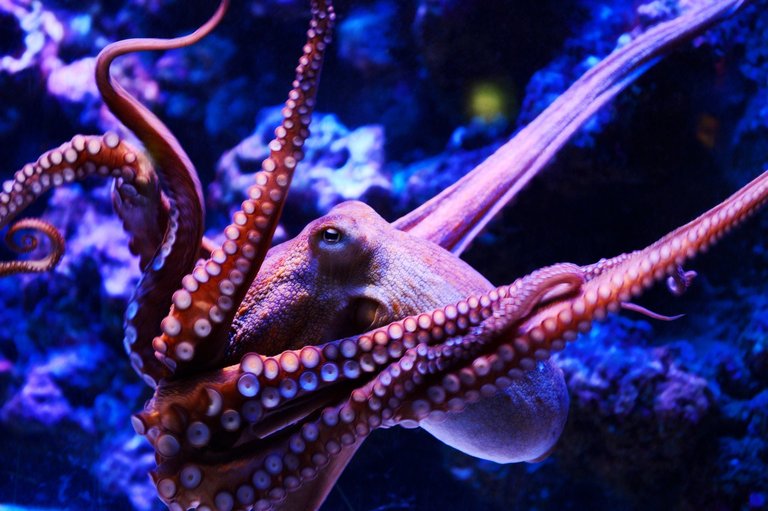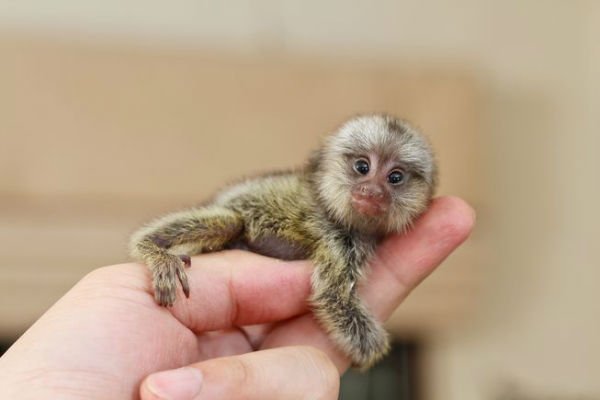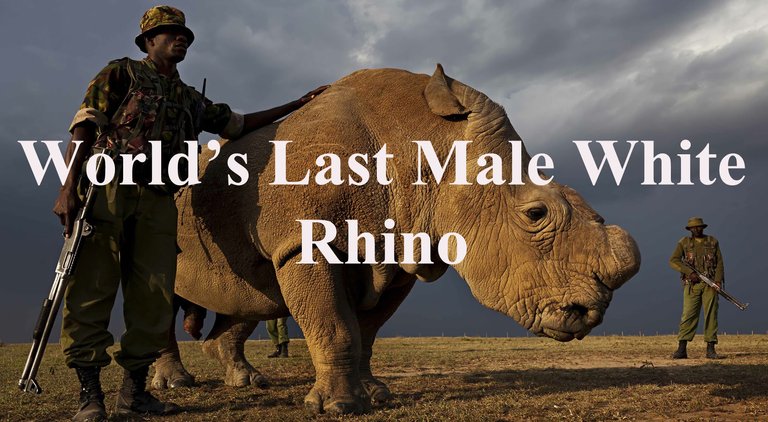
Deep-sea expeditions discovered hundreds of octopuses nursing their eggs near a deep-sea vent off the coast of Costa Rica.
The species has not been identified but its genus is Muuscoctopus. Octopuses in this group are typically loners, so it was surprising to see them grouped together.
The location for laying their eggs near the vent is less than ideal, and Janet Voight from the Field Museum of Natural History in Chicago does not believe that the baby octopuses could survive.
It is likely that the females were forced to lay their eggs there because they are the surplus population, or the fissures had not had been as active.

Two tiny and absolutely adorable baby pygmy marmosets were born at Sydney’s Symbio Wildlife Park.
They weighed just 15 grammes at birth (and were the size of human thumbs) but giving birth to them was, from the mother’s perspective, comparable to a human giving birth to a ten-year-old child.
Their proud parents Gomez and IT were introduced to each other the previous year, when IT, the female, arrived at the zoo. Years of bachelorhood ended for Gomez and the two started a family. Apart from their baby monkeys being very cute, their birth is necessary for the ongoing survival of the endangered species.
They are members of the world’s smallest monkey species, with adults weighing in at around the same weight as an average apple, just 100 grammes. They are facing extinction due to deforestation and illegal pet trade.

The world’s last known male of the northern white rhino subspecies is getting worse due to his age of 45, which in human terms means that he is 100 years old.
The CEO of Ol Pejeta Conservancy said all they can do for Sudan the rhino is make life as easy for him as possible. Sudan lives at the conservancy in Kenya with two female white rhinos who are also the last of their kind. Scientists hope to save the rhino subspecies by using southern white rhinos as surrogates to carry northern white rhino embryos and give birth.
Please enter your underwater photos to my weekly challenge and win SBD! https://steemit.com/travel/@underwaterwoman/underwater-photography-challenge-week-8-enter-your-underwaterphoto-and-win
ok.👍🏿